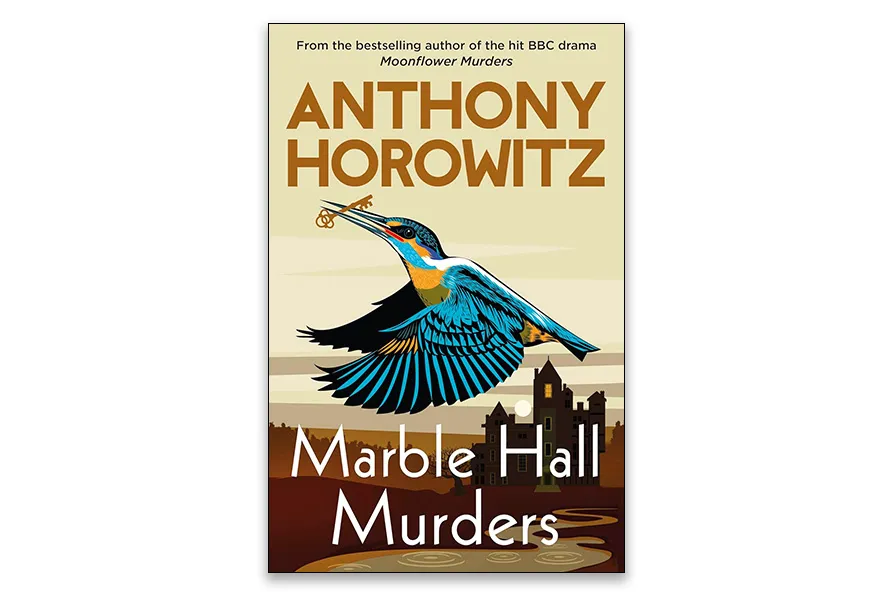JOE GILL speaks to the Palestinian students in Gaza whose testimony is collected in a remarkable anthology
BRENT CUTLER unpicks the cryptic clues of a book within a book within a murder mystery


Marble Hall Murders
Anthony Horowitz, Penguin, £7.99
MARBLE HALL MURDERS is the third in a series of novels featuring Susan Ryeland; the others being Magpie Murders and Moonflower Murders, both of which have been televised.
Susan Ryeland is arguably a modern Miss Marple; instead of a spinster living in a quaint West Country village, she is a career woman working as an editor for a publishing company. Like Marple she has never been married and at 55 is unlikely to have children; instead she appears to be constantly in and out of unsuccessful relationships.
All three books are in effect two novels in one: one being a murder set in the present day, and the second, the novel that Ryeland is editing, set in the 1950s and featuring the fictional detective Atticus Punt. Punt, a refugee from Nazi Germany, is a kind of post-World War II Poirot.
The essence of all three books is that the fictional novel contains the secret to the murder set in the present day. The first Punt stories were written by Alan Conway, who was himself murdered in Magpie Murders. Marble Hall Murders is the first Punt story not written by Alan Conway.
In Marble Hall Murders an up-and-coming author, Elliot Grace has been commissioned to write Punt’s Last Case. Grace, a troubled young man with a tainted past, uses the novel to expose his grandmother’s murder. As with the previous books the characters in the Punt novel mirror with those in the present-day story.
Meanwhile we see the return of murderer, Charles Glover, from Magpie Murders; although this time incarcerated in Belmarsh Prison wearing a grey tracksuit instead of the Savile Row attire he wore as CEO of a publishing company. Glover makes the comment that prison is easier for men who have been to public school.
A feature of the book (or book within a book) is that Ryeland effectively reviews the Punt novel as she narrates the modern-day story. She regularly asks questions related to matters of historical accuracy and often what would appear to be minor issues, taking the reader into the world of publishing.
Meanwhile, although I established the identity of the murderer in the Punt novel (and I am no detective), the reader is kept guessing as to the identity of the killer in the present-day story, and even to question if there was a murder at all. The victim, Grace’s grandmother, was in her eighties and suffering from a heart condition.
Moonflower Murders is a story of revenge and anger spanning generations as well as different time periods. Ryeland searches the novel for anagrams and cryptic clues as to the killer’s identity. I understand the book will soon become a television series; I look forward to watching it.
And Horovitz leaves us in suspense as to whether there is another Atticus Punt/Susan Ryeland novel still to come.










